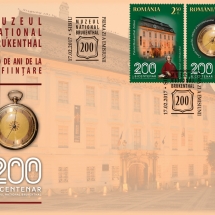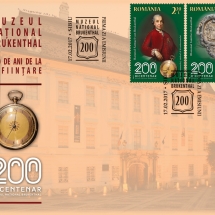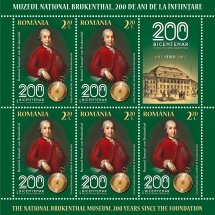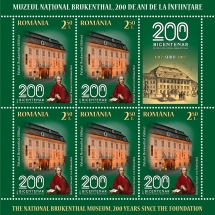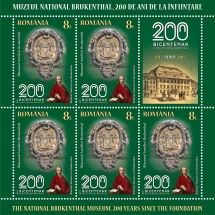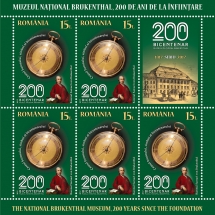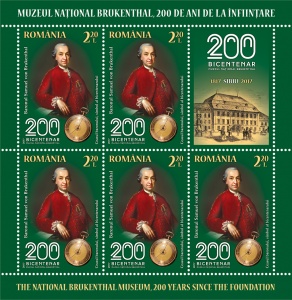
The only representative of the Transylvanian Saxon community who was awarded a major public office in the Austrian state led by Empress Maria Theresa (1717-1780) was the Baron Samuel von Brukenthal (1721 – 1803). A scholar and skilful diplomat, he had a successful carrier, at the Imperial Court in Vienna, being appointed as Governor of the Principality of Transylvania.
Following the arhichitecural design of Vienna, Samuel von Brukenthal built a Late Baroque palace in Sibiu, modelled on the palaces in the imperial capital. Being fond of arts and sciences, Brukenthal passionately collected paintings, rare acheological pieces, library, minerology, coins. The basic collections arose primarily in the period between 1759 and 1774. The entire structure of the Brukenthal National Museum of today has evolved over time from a single core and a unique location: the Brukenthal Palace.
Brukenthal National Museum is the first museum to be opened on Romanian territory, and also the first Romanian Museum that have been awarded with the European Union Prize for Cultural Heritage Europa Nostra 2010 and the first Romanian Museum that has been invited to join in The Best in Heritage Excellence Club by the European Heritage Association, in 2011.
On the occasion of anniversary of two centuries of public activity, Romfilatelia is close to the Brukenthal National Museum, by introducing into circulation the postage stamp issue, under the name of “Brukenthal National Museum, 200 Years since the Foundation”.
This philatelic issue comprises of four stamps and it is available starting Friday, February 17th 2017, in Romfilatelia stores in Bucharest, Bacau, Brasov, Cluj-Napoca, Iasi and Timisoara.
The portrait of Baron Samuel von Brukenthal, depicted on the stamp with the face value of Lei 2.20 was painted by Johann Nepomuk della Croce, in 1766, in the manner of aristocratic portraits, with bright accents highlighting the forehead and hands in the foreground. The portrait is the first representation of Baron von Brukenthal in painting, the Order of St. Stephen, the monogrammed ring with the initials of Empress Maria Theresa, document and inkpot in the composition suggesting a career in the ascendance, confidence, dignity and sobriety.
The stamp with the face value of Lei 2.50 illustrates the Brukenthal Palace façade bearing the Baroque style mark: attic in three steps, with numerous decorative elements, horizontal profiles, double pilasters, garlands and boxes, executed in stone.
The Brukenthal family crest is shown on the stamp with the face value of Lei 8.00. The crest dominates the stone portal, alongside decorative elements such as garlands and urns crowning pillars supported by rosettes.
The pocket watch of Baron Von Brukenthal represented on the stamp with the face value of Lei 15.00 is the symbol of the bicentennial year 2017 because, like the museum, it continues to run throughout the centuries. The piece was made in the period 1780 – 1800, in the workshop of Geneva watchmaker Jaques Ruegger. The housing and the two back lids are made of gold as well as the dial, the latter showing embossed geometric and plant motifs, Arabic numerals and thin arrow hands.
The issue is completed by a set of two first day covers, and as composition were used the sheet of 32 stamps and the minisheet of 5 stamps + 1 label.
Romfilatelia thanks the National Brukenthal Museum for their documentary support granted in the creation of this issue postage stamp issue.
For further information, please contact the Public Relation Office:
Tel: 021 / 337 24 42
anamaria.anton@romfilatelia.ro



